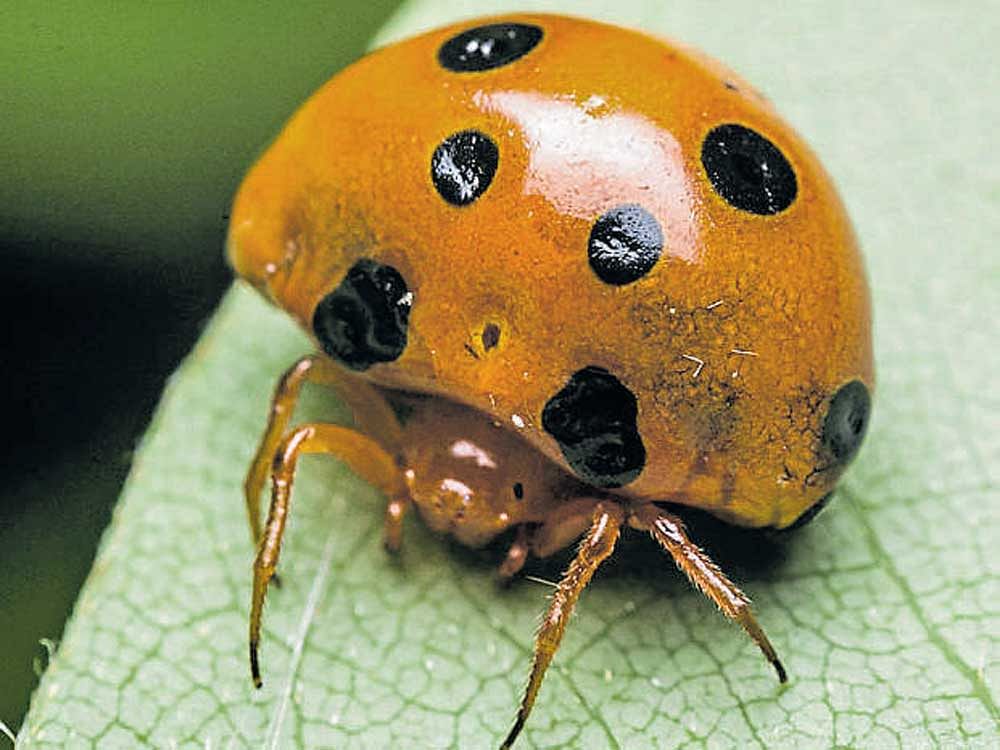
Save for the few cobwebs that lurk in the corners of my home, my encounters with spiders were limited. This was until the weekend I spent at a wilderness camp a while ago. Here, by evening, the bathroom had a dozen or more of them. I was surprised to see that the spiders came in so many sizes, hues and textures.
I must admit, I skipped several heartbeats, but I also found them to be unobtrusive. So it was with much curiosity I received the news last December of the discovery of a new species of spider that grabbed my attention for its uncanny resemblance to the mischievous sorting hat from the Harry Potter series, earning it the apt name, Eriovixia gryffindori.
My interest well-stoked, I approached the lead discoverer Javed Ahmed, for an interview. “The spiders’ ancestors are older than the dinosaurs, yet very little is known or recorded about their natural history, even of the household spider,” enlightens the arachnologist who is cataloguing Indian spiders. Earlier last year, Javed and his team discovered three more new species in the same forestlands. These are:
Paraplectana rajashree: This tiny arachnid could easily be written off as a beetle, but for the expert’s eye. This orb-weaving, rare spider is the first of its genus to be reported from India which was named after Rajashree Khalap — Javed’s co-researcher from Mumbai.
Thelcticopis kirankhalapi: It is a copper-brown-coloured huntsmen-type spider, named after Kiran Khalap, an author.
n Cyrtarachne sunjoymongai: To escape predation by birds, this unusual orb-weaving spider mimics a snail whose name is inspired from Sunjoy Monga, a conservationist based in Mumbai.
The home of these fascinating spiders is located in the central Western Ghats in Shivamogga district. These forestlands, known as ‘Kans’, are special forests with micro-climate sustaining evergreen and semi-evergreen vegetation, otherwise surrounded by deciduous forests. Due to the dense bio-hotspots, these forests have been declared as a World Heritage Site by UNESCO.
In a report about the region in the IJATER journal, Hemanjali et al write that the region’s local tribes have been preserving the surroundings with an intuitive understanding of the richness of the forests.
The community only takes benefit from the forest produce like herbs and wild pepper, utilises the watershed of springs and rivers for agricultural purposes on the outer fringes and does not exploit the forest whatsoever. Endorsing this viewpoint, Javed also praises the tribal communities; interacting and seeking their help during the course of their research he opines that “They are doing a better job at preserving the biodiversity with their traditional practices as they are intimately aware of the role of nature and its critical balance.”
However, the report also brings forth the lack of clear demarcation of boundaries in some regions which has led to encroachment into these reserve areas, leading to the loss of forests and habitats.
“The spiders’ habitations are in danger; we may be losing out on knowing many more new species too,” says Javed, expressing his concern for the critters. “The invertebrates (lower order organisms like the spiders) are the nuts and bolts of the network. Any disruption and the whole system tumbles down.”
While the State is home to such fantastic species, it is troubling to know that without prompt and suitable measures, these amazing creatures will be in danger of being wiped out of existence.